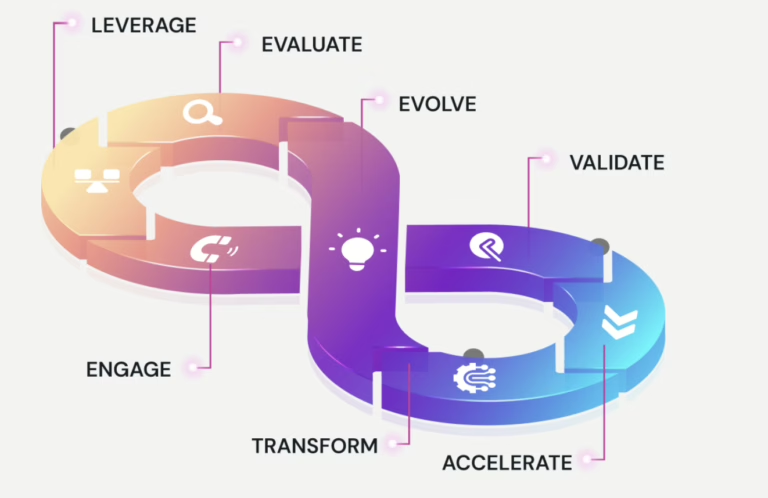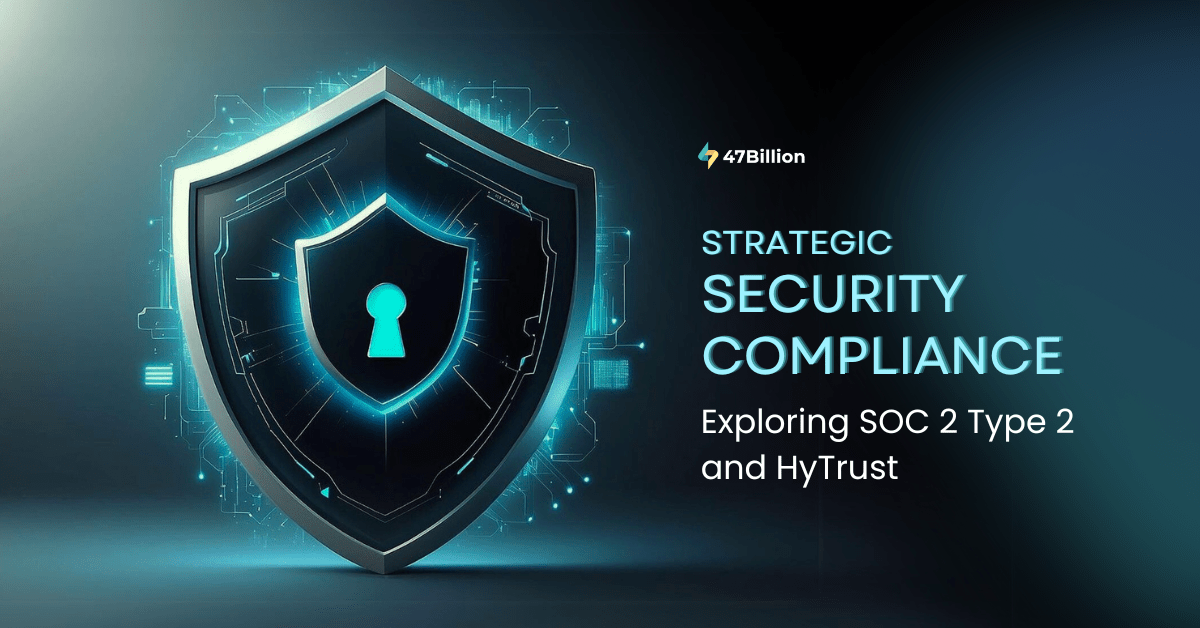Safeguarding data and ensuring compliance are top priorities for organizations across various industries. With increasing threats and strict regulatory requirements, frameworks like SOC 2 Type 2 and HyTrust compliance have become essential.
These frameworks offer comprehensive guidelines to protect data security, availability, processing integrity, confidentiality, and privacy. In this blog post, we will explore the critical security measures and best practices that organizations must implement to achieve and maintain compliance with SOC 2 Type 2 and HyTrust standards, thereby fostering trust with stakeholders.
Understanding SOC 2 Type 2 Compliance
SOC 2 Type 2 compliance is a standard defined by the American Institute of Certified Public Accountants (AICPA) that focuses on the controls relevant to security, availability, processing integrity, confidentiality, and last but not least, the privacy of data. Following are some essential security guidelines for SOC 2 Type 2 compliance:
1. Security Policies and Procedures – Organizations must develop and maintain comprehensive security policies and procedures that cover all aspects of their security controls. These policies should address areas such as access control, data encryption mechanisms, incident response techniques, and vendor management.
2. Access Control – Implement robust access control mechanisms to ensure that only authorized personnel have access to systems and data. This includes using authentication mechanisms such as passwords, biometrics, or, most recently, multi-factor authentication (MFA), as well as following the principle of least privilege to limit access based on job roles and responsibilities.
3. Data Encryption – Encrypt sensitive data both in transit and at rest using strong encryption standards such as AES-256. Encryption helps protect data from unauthorized access and ensures that even if data is intercepted or accessed without authorization, it remains unreadable.
4. Incident Response – Develop and maintain an incident response plan to quickly detect, respond to, and recover from security incidents. This includes identifying potential security incidents, containing the impact, mitigating risks, and restoring normal operations as soon as possible.
5. Monitoring and Logging- Implement robust monitoring and logging mechanisms to track access and changes to systems and data. Regularly review logs for suspicious activities, anomalies, and security events that may indicate a potential security breach.
6. Vendor Management – Evaluate and monitor third-party vendors and service providers to ensure they meet security and compliance requirements. This includes conducting due diligence assessments, reviewing security practices, and including contractual clauses that outline security responsibilities and expectations.
7. Physical Security – Implement physical security controls to protect data centers, servers, and other critical infrastructure from unauthorized access or damage. This includes measures such as access controls, surveillance systems, and environmental controls (e.g., temperature and humidity), as well as regular backups to safeguard hardware and equipment.
HyTrust Compliance Best Practices
HyTrust is a platform that provides security and compliance solutions specifically designed for virtualized and cloud environments. Here are some key best practices for achieving HyTrust compliance:
1. VM Encryption – Encrypt virtual machine (VM) data to protect it from unauthorized access. HyTrust offers encryption solutions that integrate seamlessly with virtualized environments, ensuring that data remains encrypted both at rest and in transit.
2. Access Control and Authentication – Implement strong access control measures and multi-factor authentication (MFA) for accessing HyTrust systems and managing virtualized environments. This helps prevent unauthorized access and enhances the overall security posture of the environment.
3. Key Management – Use robust critical management practices to manage encryption keys used by HyTrust solutions securely. This includes securely generating, storing, and rotating keys, implementing access controls, and auditing key usage to ensure compliance with security policies.
4. Compliance Monitoring – Continuously monitor compliance with HyTrust security policies and standards. This includes regular audits, assessments, and vulnerability scans to identify and address security gaps, non-compliance issues, and potential risks to the environment.
5. Data Integrity – Implement mechanisms to ensure the integrity of data stored in virtualized environments. This includes using checksums, integrity checks, and data validation techniques to detect and prevent data tampering, corruption, or unauthorized modifications.
6. Secure Configuration – Follow secure configuration practices for HyTrust systems and virtualized environments. This includes hardening systems, applying security patches and updates, disabling unnecessary services, and implementing firewall rules to minimize security risks and vulnerabilities.
7. Incident Response and Logging – Develop and maintain an incident response plan for HyTrust environments. This includes defining roles and responsibilities, establishing communication channels, and conducting regular drills and simulations to test incident response readiness. Additionally, logging and monitoring capabilities should be ensured to detect and respond to security incidents promptly.
Conclusion
Achieving and maintaining SOC 2 Type 2 and HyTrust compliance requires a comprehensive approach to data security and compliance. By following the key security guidelines and best practices outlined in this blog post, organizations can enhance their security posture, protect sensitive data, and demonstrate their commitment to meeting regulatory requirements and industry standards. Adequate security measures, access controls, encryption practices, incident response protocols, and compliance monitoring are essential components of a robust security and compliance framework that can help organizations mitigate risks and build trust with customers and stakeholders.
Remember, compliance is not a one-time effort but an ongoing commitment to continuous improvement and adherence to security best practices. By staying vigilant, proactive, and responsive to emerging threats and regulatory changes, organizations can strengthen their security posture and ensure a secure and compliant environment for their data and systems.







